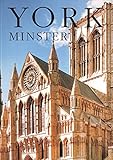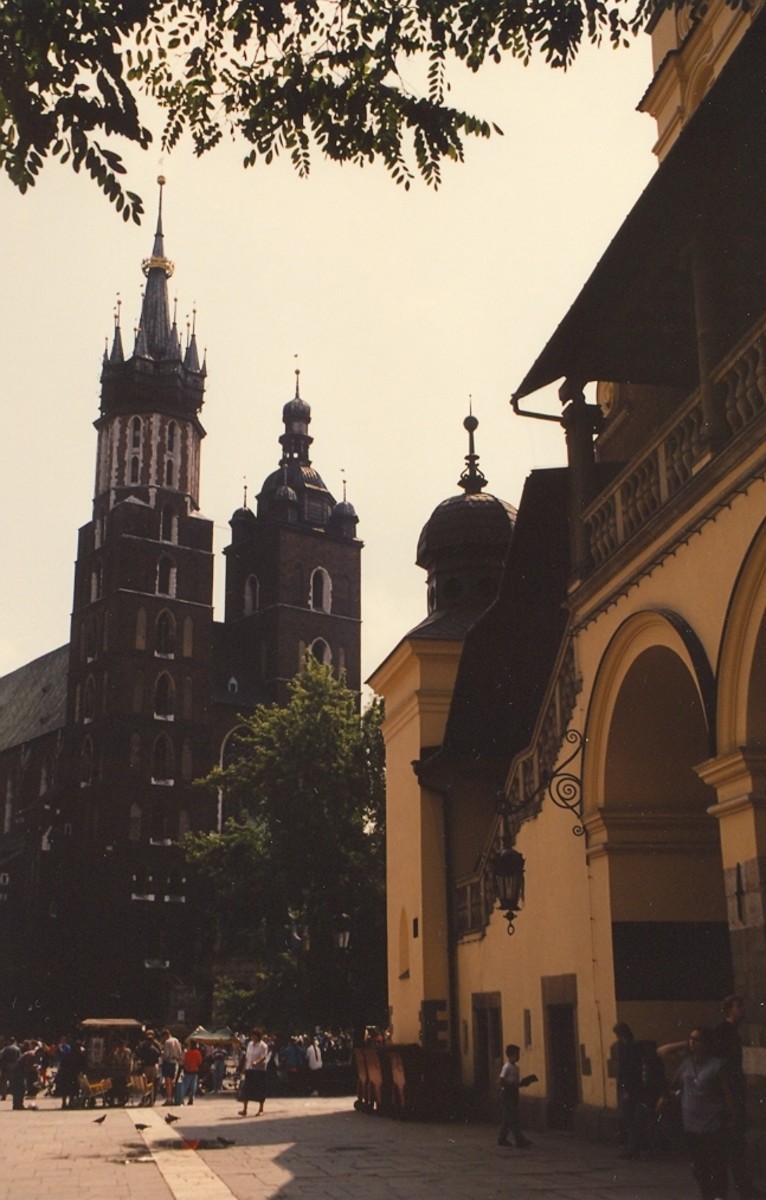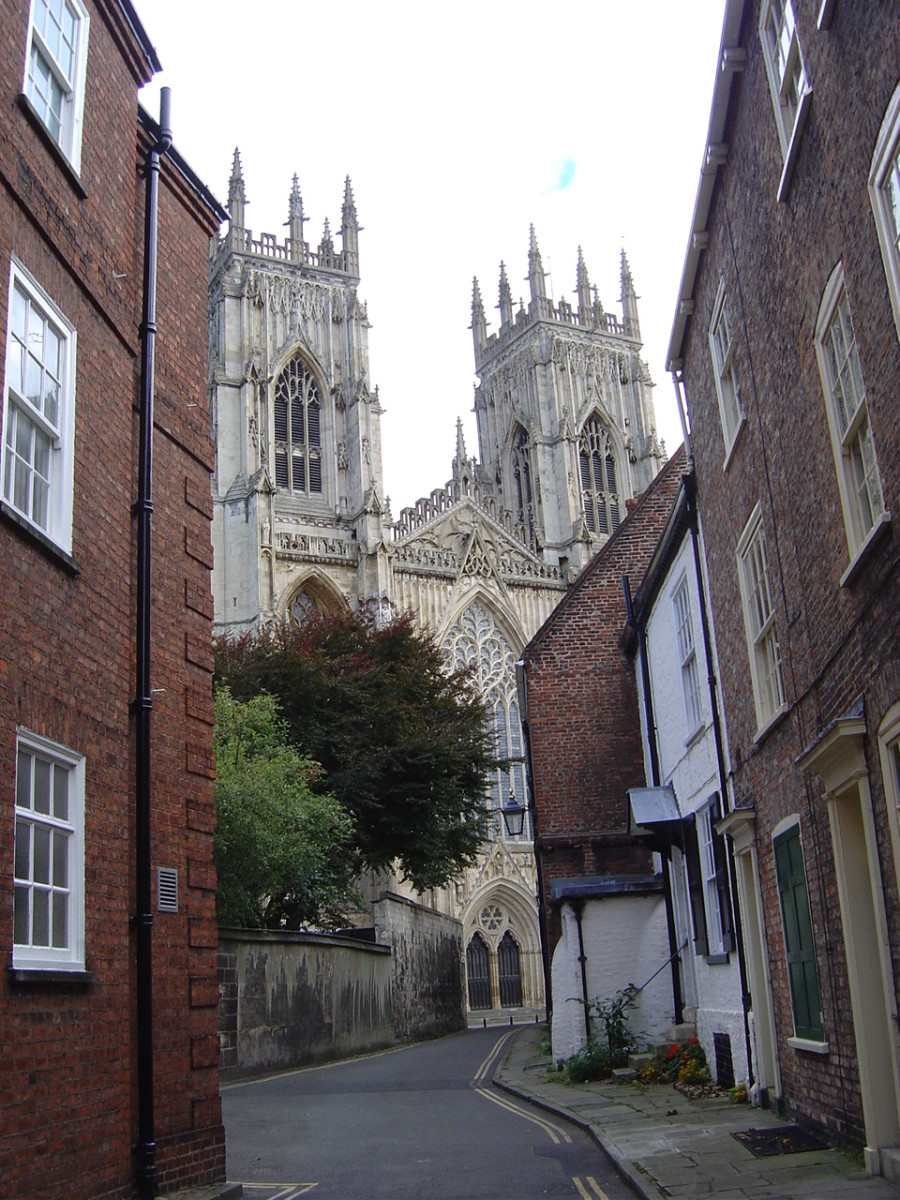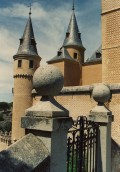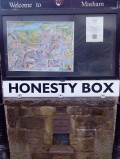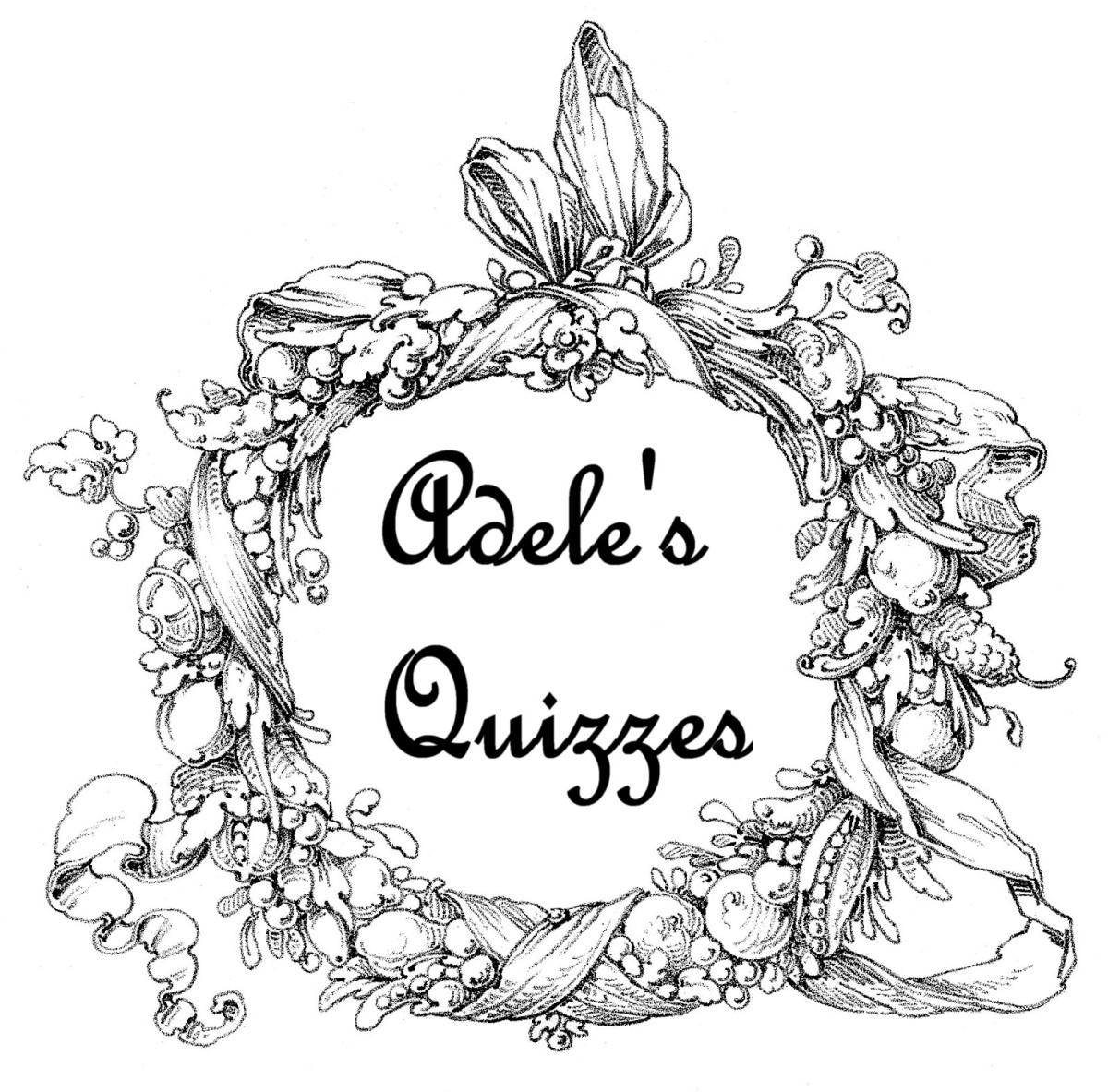Historic City of York, England
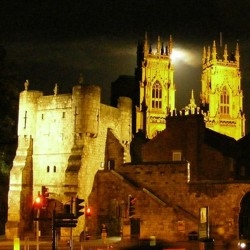
York - Steeped in History
York, the county of Yorkshire's major city and a magnet for visitors from all over the world.
They are attracted by the quaintness of the streets, the city's beauty, York Minster and the city's long history which includes Romans, Angles, Vikings and Normans.
York has many interesting museums including one devoted to trains and railways that displays full size train engines and carriages. There are festivals throughout the year that bring people from many different countries to take part and the city even has its own saint, Margaret Clitheroe.
York in the North-east of England
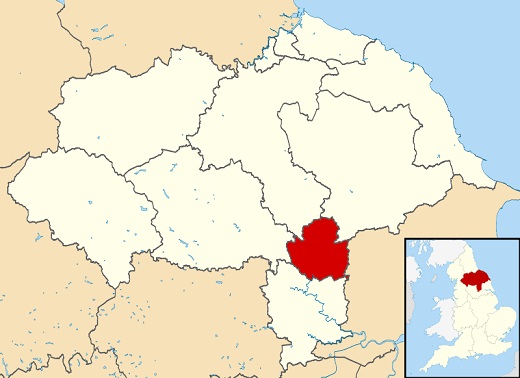
The History of York
Although there is evidence of settlements in the area many thousand years, York was founded in AD 71 as the Roman settlement of Eboracum. It was established as a fort and military headquarters to keep down potential rebellions and to guard against raids by the northern tribes and it eventually became one of the two capitals of Roman Britain (the other was Londinium).
By the 5th century AD, the Roman legions were withdrawing from Britain to defend Rome. As they left, attacks along the coast increased until the 7th century when the Angles invaded and called the city Eorforwic. It became the capital of the kingdom of Northumbria. In AD 866 the Vikings took over and called the city Jorvik. By 1000 AD it was known as York.
The Harrying of the North
After the Norman Invasion in 1066, William the Conqueror set about imposing his rule on the whole country. He marched north and entered York where he built two castles. Much of the North of England resisted Norman rule and York was retaken by the Anglo Saxons. This resistance was broken after 'the harrying of the north' in 1069. This was a horrific period of English history. The Norman army burnt villages and food stores, killed livestock, salted the land to prevent crops growing and slaughtered everybody they could find.
In the chronicles of 11th century monk, Orderic Vitalis, it says:
"The King stopped at nothing to hunt his enemies. He cut down many people and destroyed homes and land. Nowhere else had he shown such cruelty. To his shame he made no effort to control his fury and he punished the innocent with the guilty. He ordered that crops and herds, tools and food should be burned to ashes. More than 100,000 people perished of hunger.
I have often praised William in this book, but I can say nothing good about this brutal slaughter. God will punish him."
After the north was pacified, all positions of power were held by Normans although the general population were still Anglo-Saxon. According to the Domesday Book, 20 years after the harrying, the population of York had fallen from 8000 to 2000.
York Rises from the Ashes
The walls of the city were rebuilt, wooden building were replaced with stone, trade increased and York became a prosperous centre. Buildings like the Merchant Adventurers' Hall and the Guildhall were constructed reflecting the city's prosperity.
York Minster
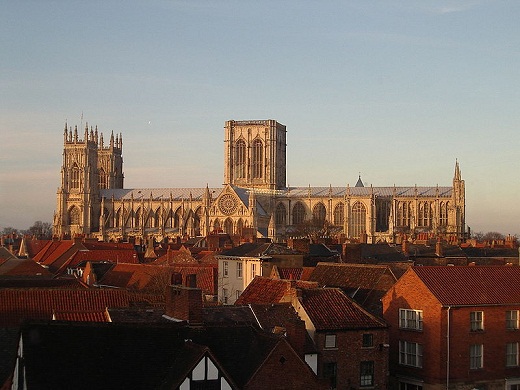
The Magnificent York Minster
No visit would be complete without seeing York Minster, the largest medieval cathedral in Britain.
The first cathedral in the city was completed in 633 AD but the magnificence of Durham Cathedral and the great Yorkshire Cistercian abbeys spurred on the authorities here to build something even greater.
Construction of the present building started in the 13th century and took about 250 years to complete.
The Minster was spared during the Civil War because the citizens surrendered to the Parliamentary army, led by Sir Thomas Fairfax, on condition that none of their churches, including the Minster, would be damaged.
The cathedral has many wonderful things to see.
Medieval Glass Amongst these are the glorious windows with their original glass, the largest collection of medieval glass in Britain.
The Chapter House This octagonal room is the meeting place for the Dean and Chapter. Alongside each of the eight walls are six seats. This is to emphasize the importance of each member. This beautiful room, completed in 1286, was built in the decorated Gothic style and its walls are decorated with very fine carvings.
York Minster's Tower The climb to the top of the Tower is not for the fainthearted or those easily tired. There are 275 steps which take the visitor to some of the best views in the country. Not only do you get a good view of the Minster's gargoyles and pinnacles, you see over the medieval streets to the countryside beyond. As climbing the Tower is something of an achievement, once you have done it, you can buy a certificate to prove it.
The Undercroft, Treasury & Crypt In the 1960s there was a risk that the Central Tower would collapse so the foundations needed to be shored up. The workmen were astounded at what they found when they dug beneath the Tower. There were both Roman and Viking remains The Tower was built upon the original Roman headquarters and the earlier Anglo-Saxon cathedral. There is an excellent audio guide to accompany the tour of this area of the Minster.
The Shambles
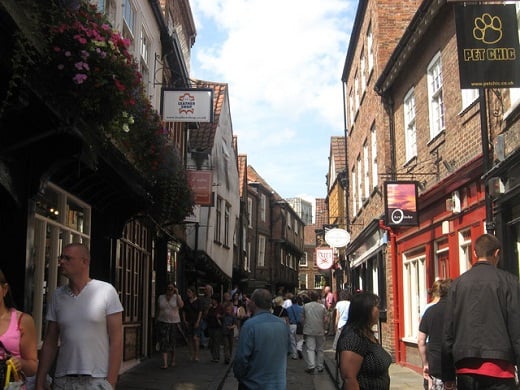
The Shambles - a Medieval Street
The Shambles is said to be York's oldest street and one of the best-preserved medieval streets in Europe. It was mentioned in the 11th century Domesday Book and many of its buildings date from the 15th century with the overhanging eaves typical of the period.
This was once the street where butchers sold their meat and animals were slaughtered. The channel in the centre of the street allowed blood and other detritus to be washed away. You might notice that the shops have wide windowsills. These acted as butchers' counters for selling their wares.
Now it's a magnet for visitors and one of York's most popular attractions. No butchers there now, instead you can find restaurants, antiques and other specialist shops.
A York Mystery Play from 2010
York's Mystery Plays
York is famous for its medieval mystery plays which are still performed every four years in the city.
History
The first record of a performance of York's Mystery Plays was in 1376. They were performed regularly until the Protestant Reformation in the 16th century when they were suppressed.
Recognised as some of the oldest pieces of English literature, Mystery Plays were performed on the streets of medieval cities on the church Feast Day of Corpus Christi, around midsummer.
The best preserved of these religious pageant performances are those of York which were staged by members of the City Guilds and performed on carts or wagons drawn through the streets. Each craft guild or 'mysterie' would perform its own play as part of an agreed cycle which would take a full day to view at various stations throughout the City.
The Mystery Plays Today
In York, the Mystery Plays were revived as part of the Festival of Britain in 1951. For many years they were performed in the Museum Gardens, with the last production there in the 1980s. Productions took place in the Theatre Royal and the Minster Production in 2000 was a 'one-off' highly successful event organised for the Millennium and was specially written for the occasion.
Since 1992, the Plays in York have returned to their origins by being performed in the streets of the city on both wagons and as 'processional' plays. In 1994 the seven York Guilds and Companies funded and took part in a production on wagons and began to establish a four-yearly cycle of Plays. In 1998 the Guilds again helped fund and facilitate a much larger event.
In 2002, to much popular, academic and critical acclaim, the Guilds took full control of a large scale production of the plays on wagons performed on various locations throughout the City, which involved people from a wide cross-section of the community and the open-air performances harked back to the original spectacle of the medieval Corpus Christi day festivities.
The Guilds again raised substantial sponsorship for the 2006 production. Without question, the Mystery Plays are integral to the culture and of historic significance in the City of York. This is an important event in the city's overall calendar and it is the Guilds' intention to continue with a four yearly cycle of productions.
The Plays are steeped in history, have a Christian message and are full of pageantry. The Plays presented in this traditional manner have received considerable acclaim from overseas.
The Ghosts of York Video
Ghostly York
Said to be the most haunted city in Europe, there are certainly a good selection of ghosts to choose from in York.
Roman Soldiers
In 1953, when apprentice plumber, Harry Martindale, began installing a new central heating system in the cellars of the Treasurer's House by the Minster, little did he know he was about to have a very spooky experience. Suddenly he heard a horn sound in the distance and it appeared to be coming closer. Then a carthorse appeared through the solid brick wall. Even stranger, it was ridden by a Roman soldier who was followed by more soldiers, dressed in green tunics and plumed helmets. To pile strangeness upon strangeness, it looked as if they were walking on their knees because their lower legs and feet were invisible. Then they marched into a newly excavated area, and it became apparent that they were walking on an old Roman road, the Via Decumana, known to have been buried 15 inches below the surface. A very alarmed Harry rushed upstairs, where the curator of the Treasurer's House said to him, "You've seen the Roman soldiers, haven't you?"
The Grey Lady
Grey Lady ghosts abound in England. This one is a theatrical ghost haunting a room behind the dress circle of the Theatre Royal. In the Middle Ages this was part of the old Hospital of St Leonard, run by nuns. One young nun fell in love with a nobleman and they became lovers. The love affair was discovered and the young nun was imprisoned in a windowless room - now part of the theatre - and the doorway was bricked so there she died. Now it's said that seeing the Grey Lady brings good luck to any production on at the theatre.
Brothers in crime
St William's College, the beautiful medieval building behind York Minster, has a ghost with a deservedly guilty conscience. The legend is that in 16th century York, two brothers were lodging at the College and, desperate for money, they robbed a wealthy priest from the Minster, stole his jewellery and purse, then cut his throat. The younger brother was overcome with remorse, and the older one was afraid he would give them away so he reported his brother to the authorities. The younger brother was tried and hanged for murder but the elder brother was racked with guilt and died soon after his brother. It's said that his unhappy, guilty spirit still paces the floors of St William's College.
A Ghostly Tudor Lady
In the King's Manor a lady carrying roses in her hands walks through the walls, it is said, in a part of the building that was once the Rose Garden. There is speculation that it is Catherine Howard, the fourth of Henry VIII's six wives, was executed shortly after her stay here where, the legend says, she met her lover Thomas Culpeper.
The Headless Earl
Thomas Percy, Earl of Northumberland, was a devout Catholic and was accused of plotting against the Protestant Queen Elizabeth I. In 1572 he was beheaded in York for treason. After his head was cut off, it was stuck on a spike on Micklegate Bar as a warning to other potential traitors. It stayed there for many years until it was removed and buried in the churchyard of Holy Trinity church in Goodramgate. The headless body of the Earl has been seen on many times at night in the graveyard, looking for his missing head.
Earliest Portrait of Richard III
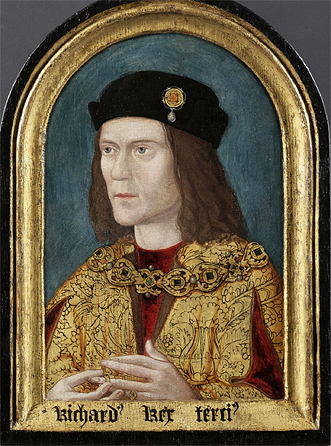
Museums in York
* Jorvik, the name the Vikings gave York, is sited on an archaeological dig carried out between 1976 and 1981 in Coppergate. It has yielded some of the finest Viking artefacts found in the country.
* The National Railway Museum in Leeman Road, the largest railway museum in the world with a collection that includes over 100 locomotives dating back to 1813.
* The Quilt Museum and Gallery, in St Anthony's Hall, Peasholme Green, now the headquarters of The Quilters' Guild of the British Isles and its world-famous Heritage Collection of 600 quilts which includes the earliest known signed and dated patchwork, from 1718. There is also quilted clothing, tools and equipment on display.
* The Richard III Museum is housed in Monk Bar, the most impressive of York's four medieval gatehouses. It put the king on trial for the murder of the two princes in the Tower of London - did he do it or was it just Tudor black propaganda?
*The Royal Dragoons Guards Museum and Regimental Association tells the story of the the regiment from the late 17th century to the present day. This museum shares its premises with The Museum of The Prince of Wales's Own Regiment of Yorkshire.
* York Castle Museum detailing 400 years of social history, with recreated cobbled streets and homes from the past. You can also see the castle cell in which the notorious highwayman, Dick Turpin, spent his last days before being executed.
* The Yorkshire Museum and Gardens, set in 10 acres of beautiful gardens, has collections of Roman, Anglo-Saxon and Viking artefacts as well as prehistoric finds dating back 200 million years.
* The Yorkshire Museum of Farming at Murton is set in an eight acre country park and shows how farming has developed from horse power to mechanisation and includes many rare breed farm animals.

